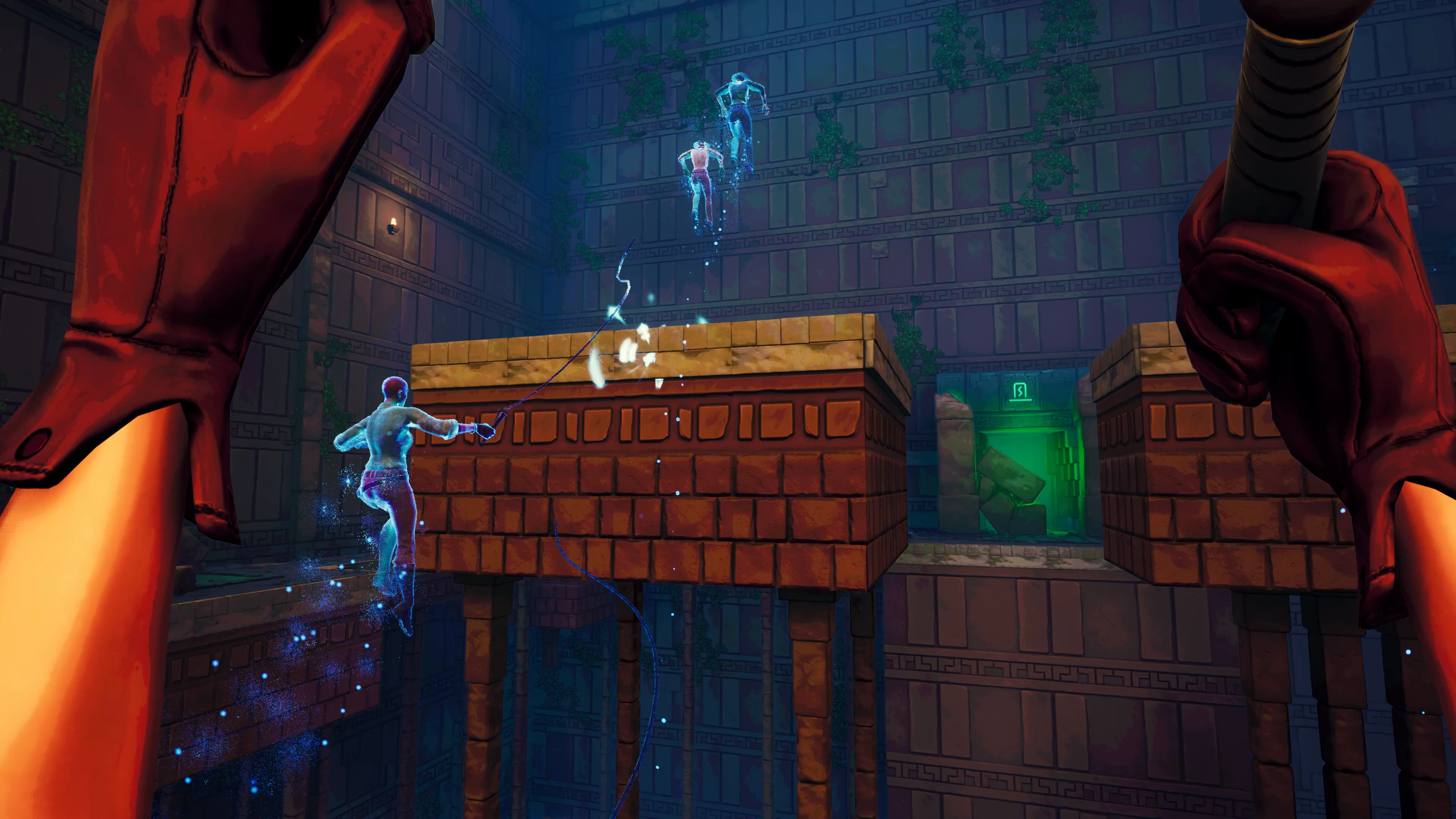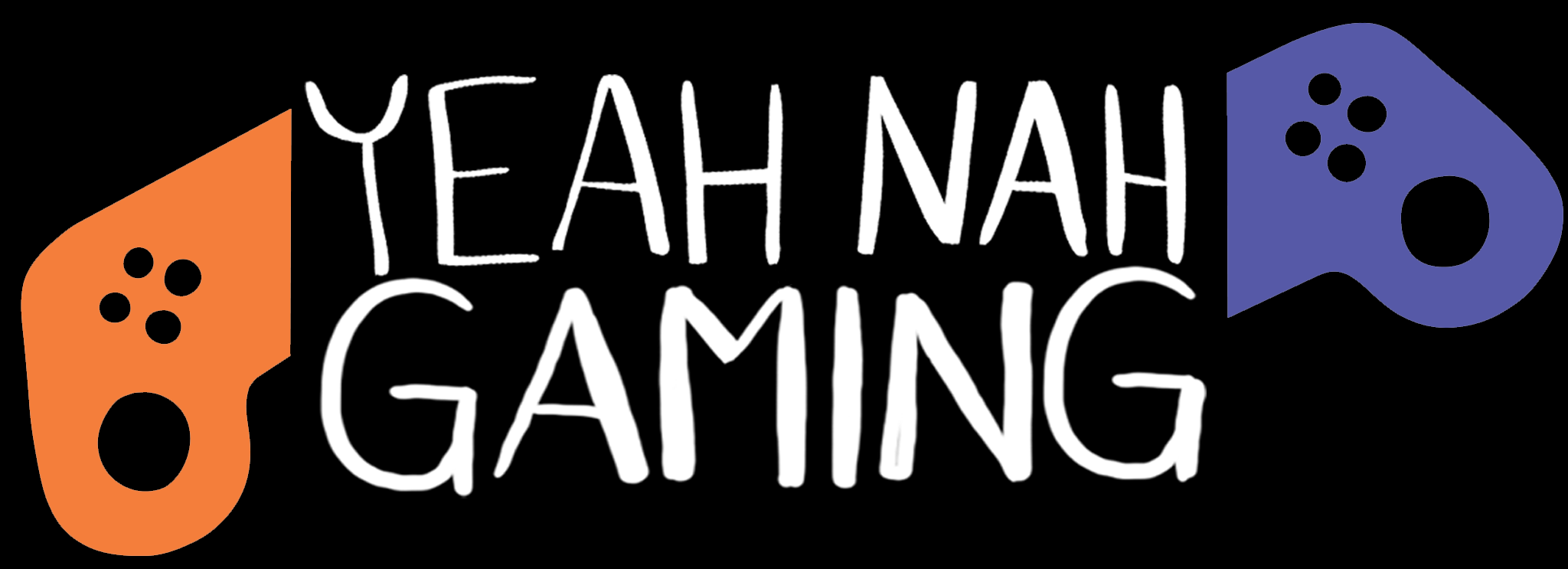Run. Jump. Slide. Dash. Familiar verbs in any game, but Phantom Abyss valorises them in a way very few do.
Movement in games is often overlooked—hold down a key or push in a stick to get from A to B. It’s the connective tissue between muscle groups: a signal travelling through a medium to reach its intended (and therefore more important) destination. But every now and again a game comes along that uniquely understands that movement can be just as important a part of mechanical expression as any sword swing or trigger pull.
Phantom Abyss is one such game.

Broadly, it’s a run-based affair that tasks players with navigating a gauntlet of challenging traps and pitfalls. On individual runs you’ll earn coins by opting to find dangerously hidden chests—risking your limited pool of hit points in the process—and cashing them in to earn movement bonuses like increased speed or double jumps. Draped over that is a meta-progression layer, where you’ll earn keys that can be used for long-term upgrades like increased dash length or more money in your pocket at the start of a run.
Now that we’ve gotten the reductive genre nomenclature out of the way (it’s a roguelike), we can focus on the thing that really matters, and what makes Phantom Abyss truly standout: its movement. And while there are some clumsy missteps that lead the game to stumble and trip, it never stays down in the dirt for long.
You can track Phantom Abyss’ lineage to the surge of movement-heavy first-person shooters that cropped up in the last decade (Titanfall 2, Doom Eternal, Apex Legends). What developer Team WIBY understands is that movement in these games is about riding momentum like a wave—knowing when to follow its peaks and valleys, and when to cut it short for total control. The same way that a screenwriter paces a script or a musician might swap time signatures in the middle of a song, the developers know that beautiful movement through a space is about careful application of technique. That knowledge is apparent in every facet of Phantom Abyss’s movement toolbox, the internal logic that drives it, and the building blocks that constitute its randomly generated levels.

At its core, Phantom Abyss provides players with a jump, a dash, and a whip, the latter of which can be used to drag yourself towards a desired surface at a moment’s notice. Individually these elements aren’t too dissimilar to the movement options you see in most games, but when combined, modified, and applied in spaces specifically designed for them, you’ll start to scratch at an itch you maybe didn’t know you had. Peel back enough layers and you’ll even start to uncover movement tech and quirks that the game doesn’t openly tutorialise or telegraph. That’s another thing that Phantom Abyss understands too: that there is joy in mastery.
Driving that point home is the inclusion of asynchronous multiplayer. While throwing yourself at any of the game’s meat grinder temples, you’ll see ghostly apparitions of other player’s attempts through the same level. While a handy way of picking up new movement tricks, these Phantoms also interact with your run in interesting ways. If they manage to open a chest before you, its contents will be on the floor for you to scoop up as you run by—often saving you time, which can be crucial if you’re being hounded by one of the game’s belligerent Guardian spirits. Traps that other Phantoms have died to also become deactivated, and if you manage to pick up their ghostly essence you’ll recover some lost health. The entire system is a unique spin on the usually staid time trial format, but it also sands down some of the rougher edges that might catch and snag on players less receptive to the game’s more exacting requirements.
Unfortunately some technical issues do detract. Sometimes physics interactions can get a bit funky. While dashing and propelling myself forward with my whip, in some instances I would get caught up on a trap or obstacle at the side of a wall. In these scenarios, instead of taking damage, the game would often completely halt my movement and then rubber band me back-and-forth in the air, as if the simulation was unsure where to place me. In the worst cases I would get dragged back through my run to a nearby starting point, in what only felt like some bizarre application of rollback netcode. The game also makes repeated runs a bit of a pain point, with lengthy, animation-heavy load screens that just end up deflating your desire to push on for another quick run.

While some technical issues lead it to stumble out of the gate, Phantom Abyss eventually finds its footing—much like its players do as they face down its trap-laden gauntlets again and again. It’s a game that understands that movement can be more than a means of conveyance—that when thoughtfully designed and carefully applied, it can be its own source of mechanical mastery and enjoyment.
Reviewed on PC with a review code provided by the publisher.
There is joy and beauty in mastery, and Phantom Abyss understands that perfectly.


1 Comment
Pingback: Yeah Nah Gaming - Valentine's Day Gift Guide - Yeah Nah Gaming